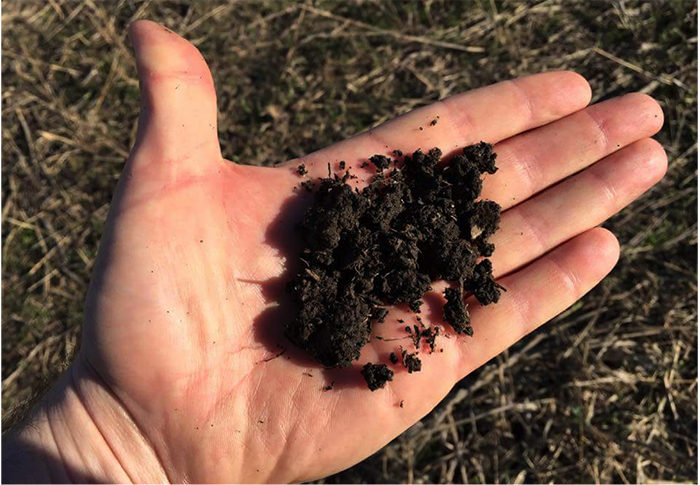No-Till Farmer
Get full access NOW to the most comprehensive, powerful and easy-to-use online resource for no-tillage practices. Just one good idea will pay for your subscription hundreds of times over.


Craig Watson
“I’m able to fertilize the cool-season crop once and get fantastic forage production for both it and a warm season crop...”
There was a time when simple things like seeding grasses and taking soil samples was a chore for Craig Watson.
When he plowed one of his fields to plant a new variety of fescue, the soil clods were so massive and hard that seedbed preparation was difficult. When it was time to no-till wheat and oats in early September, he had to set the down-pressure springs on his 10-foot Krause to the highest setting “to hammer that seed in there,” he recalls.
He’d also have to jump up and down on his T-shaped soil sampler to get it in the ground, and then use a hammer to knock the samples out of the corer into a bag before heading to the next location.
Things are different now for Watson, a full-time attorney who runs a 500-acre ranch near Sherman in northern Texas. He’s 5 years into seeding cover crops on a portion of his farm and is realizing increased forage production and quality at key times when other options are limited, while also seeing improved soil and livestock health and more water infiltration.
“There are more earthworms present, more residue protecting the soil, more water retention and more organic matter,” he says. “I’m able to fertilize the cool-season crop once and get fantastic forage production for both it and a warm season crop.”
Utilizing…